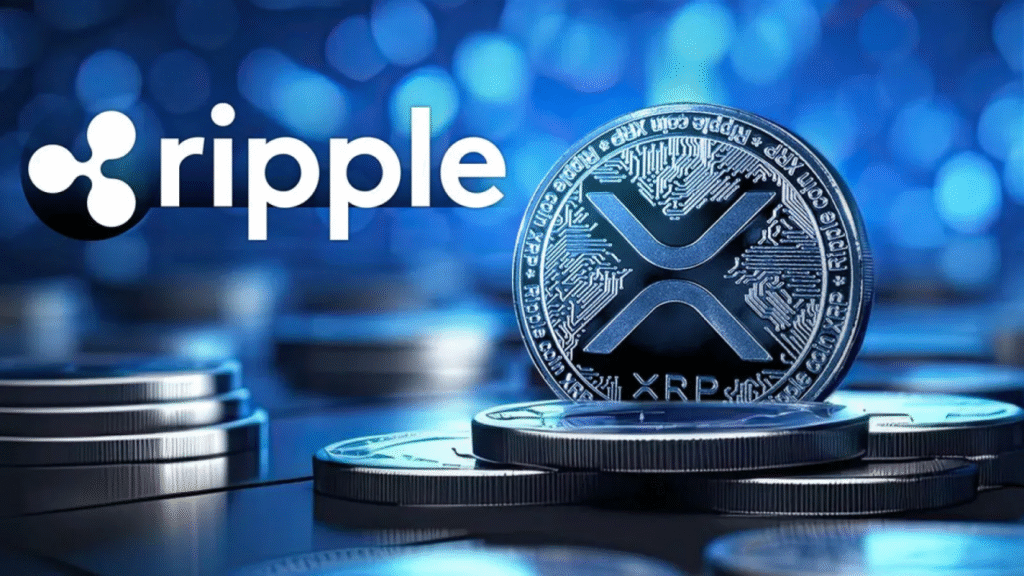Emerging markets face unique financial challenges, from limited banking infrastructure to high remittance costs. Traditional cross-border payment systems are often slow, expensive, and inefficient, making it difficult for individuals and businesses to move money quickly. Ripple (XRP) is stepping into this space with solutions designed to make international payments faster, more affordable, and more transparent.
As Ripple expands into these markets, investors are closely watching developments and adoption trends. Many consider ripple XRP price prediction to gauge potential returns, as real-world usage often drives demand for the token and influences its market value. Understanding Ripple’s impact on emerging economies can provide valuable insight for both financial institutions and crypto investors.
Challenges in Emerging Markets
Emerging economies often rely heavily on remittances, with millions of individuals sending money internationally each month. Traditional banking systems impose high fees, slow transfer speeds, and limited transparency. These inefficiencies not only burden consumers but also hinder businesses that rely on global payments.
For example, sending money from a developed country to an emerging market can take several days and cost up to 10% in fees. In markets with underdeveloped banking infrastructure, this problem is even more pronounced, emphasizing the need for innovative solutions like Ripple.
How Ripple Addresses These Issues
Ripple’s blockchain technology, powered by XRP, provides a faster and cheaper alternative for cross-border payments. Using the XRP Ledger and RippleNet, transactions can settle in seconds rather than days. The XRP token acts as a bridge currency, enabling instant liquidity and reducing the reliance on pre-funded accounts in foreign currencies.
This approach allows banks and remittance providers in emerging markets to offer better services to customers at lower costs. As adoption grows, these real-world applications play a significant role in discussions about ripple XRP price prediction, since increased usage can drive demand for the token.
Benefits for Consumers and Businesses
1. Speed and Efficiency
Ripple enables near-instant settlements, significantly improving the user experience for remittances and international business transactions. Faster payments reduce exposure to currency fluctuations and provide immediate access to funds, which is crucial in emerging markets.
2. Lower Costs
By reducing intermediaries and pre-funded accounts, Ripple cuts transaction fees. Lower costs benefit consumers sending money home and small businesses that rely on international suppliers. These savings can encourage wider adoption of XRP, impacting long-term ripple XRP price prediction forecasts.
3. Financial Inclusion
Ripple opens the door to financial services for unbanked populations. By partnering with local banks and fintechs, Ripple provides access to secure, affordable international payment channels, empowering individuals who previously had limited options.
4. Transparency and Security
The XRP Ledger ensures secure and transparent transactions, allowing users and institutions to track payments in real time. This level of visibility builds trust and aligns with regulatory requirements, further encouraging adoption.
Real-World Adoption in Emerging Markets
Ripple has partnered with financial institutions and payment providers in regions like Southeast Asia, Latin America, and Africa. These partnerships allow Ripple to facilitate faster remittances, streamline cross-border payments, and improve overall financial infrastructure.
As adoption grows, analysts monitor trends to provide ripple XRP price prediction, factoring in real-world usage and demand. Each new partnership and integration strengthens Ripple’s position in emerging markets and may influence XRP’s market performance.
Ripple vs. Traditional Systems
Compared to legacy systems, Ripple offers significant advantages for emerging markets:
-
Speed: Settlement in seconds rather than days
-
Cost: Fees are significantly lower than traditional remittance providers
-
Accessibility: Can reach unbanked populations through mobile banking and fintech partnerships
-
Transparency: Blockchain records every transaction securely
These advantages make Ripple a viable alternative to traditional banking systems, positioning XRP as a practical and valuable token in the crypto ecosystem.
Impact on Ripple XRP Price
The growth of Ripple in emerging markets has implications for investors. Increased adoption leads to higher demand for XRP as a bridge currency, which can influence ripple XRP price prediction over time. Analysts consider factors like transaction volume, new partnerships, and geographic expansion when forecasting potential price trends.
While market volatility remains a consideration, real-world adoption provides a more stable foundation for assessing XRP’s potential, making it an attractive option for both long-term investors and active traders.
Conclusion
Ripple’s technology is reshaping cross-border payments in emerging markets by offering faster, cheaper, and more transparent alternatives to traditional banking. Consumers and businesses alike benefit from lower costs, improved speed, and better access to financial services.
For investors, tracking Ripple’s adoption in these markets is crucial for understanding potential growth. Real-world utility, combined with strategic partnerships and global expansion, continues to influence ripple XRP price prediction. As Ripple strengthens its presence in emerging economies, it demonstrates the transformative power of blockchain technology in driving financial inclusion and modernizing global payments.


